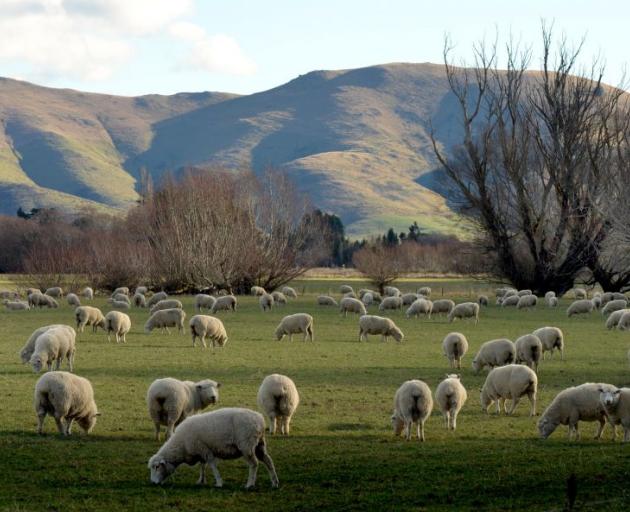
Sheep numbers continue to fall, with a 3.2% decrease over the 2013-14 season to 29.8 million in the year to June.
Long-term forecasts for farm-gate prices around the $100-$110 per-head mark would likely see some rebuilding of stock rates, ANZ's latest Agri Focus said.
While the switch to dairying might slow as environmental policies held back land-use change, forestry opportunities were likely to continue to reduce the area of hill country farmed, the bank's economists said.
More irrigation schemes would support alternative land uses and dairy support opportunities continued to grow as farm systems became more intensive.
Lamb prices have recovered by 8% in 2013-14 and would average around $95 per head for a 17.5kg carcass.
In 2014-15, those gains were expected to be held on to and show incremental improvement towards $100 per head, the report said.
More traditional markets in Europe and North America were seemingly showing some recovery and there was continued growth in demand from developing regions, notably China and the Middle East.
China continued to be the ''truly stand-out'' market.
Volumes were still growing and demand was evolving.
Latest import figures showed little sign of the growth even slowing.
Year-to-date Chinese imports of sheepmeat were 150,600 tonnes, an increase of 50% on the same period in 2013 and more than three times the volume imported in the corresponding period of 2012.
Breeding ewe numbers in Otago-Southland declined 3.4%, the majority of the change occurring in Southland (down 5.6%), Beef and Lamb New Zealand's Economic Service annual stock survey showed.
While beef cattle numbers nationally increased for the first time since 2006-07, up 1.6% to 3.76 million, they decreased in Otago and Southland by 3.2% and 3.4% respectively.
Confidence remained high that there would be decent farm-gate returns for prime cattle in 2014-15, driven by both supply and demand factors, ANZ said.












